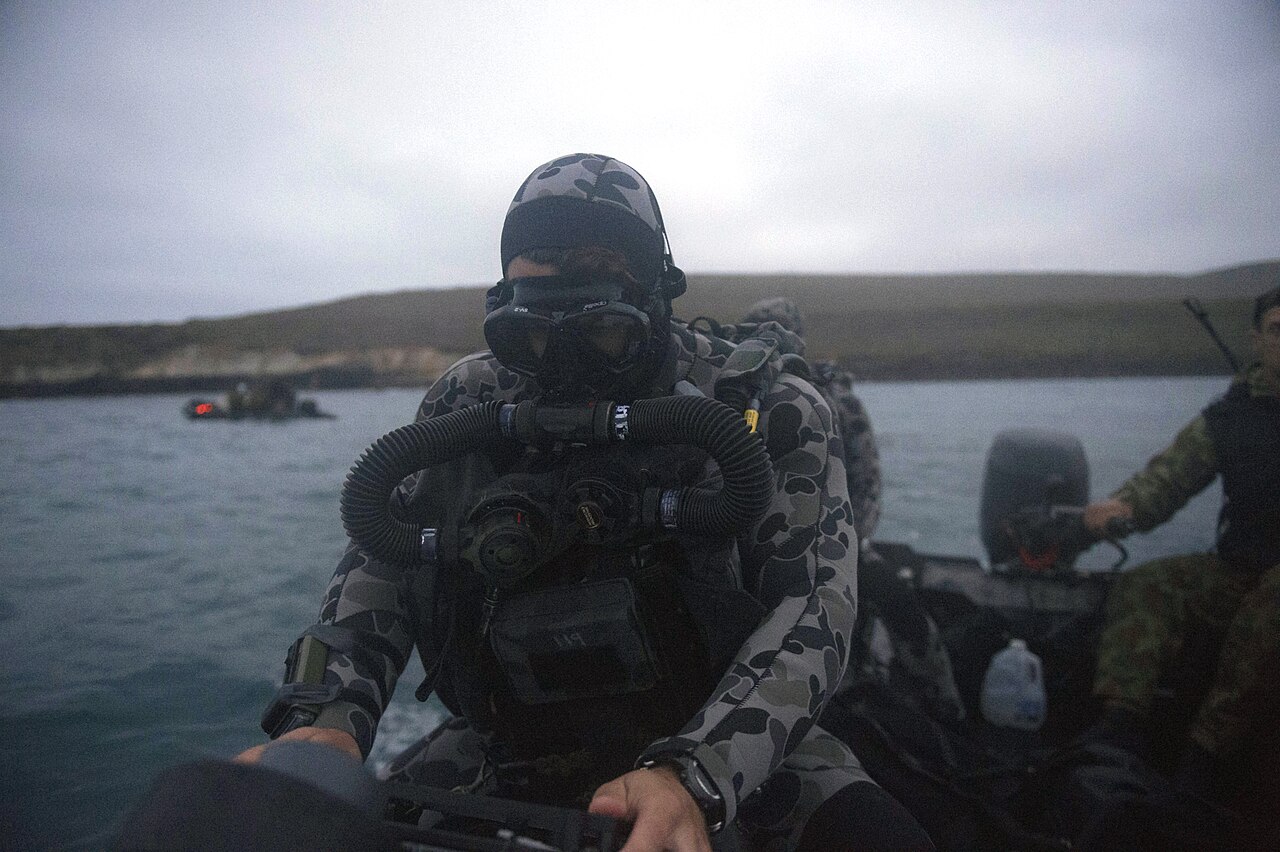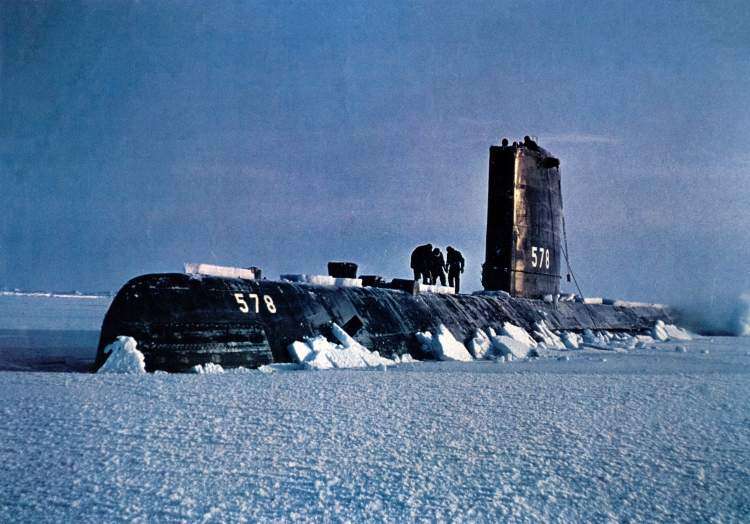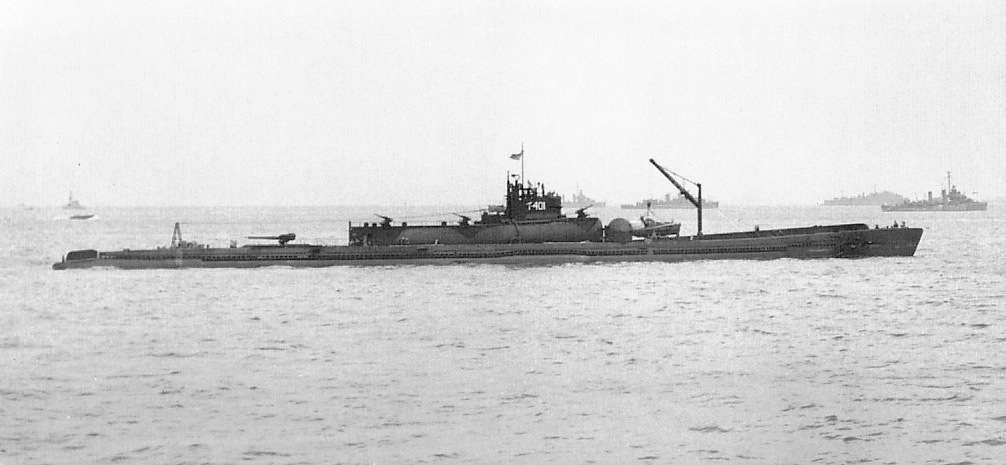Beneath the waves, the modern navy relies on the highly skilled diver to carry out tasks that few ever witness.

Navy diving is a specialised branch of maritime operations, combining technical skill, physical endurance, and courage.
From routine maintenance to hazardous combat missions, naval divers operate in some of the most challenging environments imaginable.
Pioneers
The roots of navy diving go back centuries. Early attempts at underwater work relied on primitive diving bells and rudimentary equipment.
By the 19th century, navies worldwide began experimenting with surface-supplied diving suits, enabling longer and safer underwater operations.
These suits, often made of heavy canvas and copper helmets, allowed divers to inspect ship hulls, lay underwater charges, and perform salvage operations. Even then, the work was perilous. Miscalculations in air supply or currents could turn a routine task into a life-threatening situation.

Today, navy divers benefit from advanced technology, but the job remains physically and mentally demanding.
SCUBA
Modern divers may use SCUBA gear for mobility and flexibility or surface-supplied systems for longer or more complex operations. Some specialised units employ mixed-gas diving, including helium-oxygen mixtures, to allow deep-water operations while reducing risks like nitrogen narcosis.
Diving missions can take place in freezing Arctic waters, the choppy open ocean, or even hazardous urban environments, each presenting unique challenges.

Training is intense and rigorous. Potential navy divers undergo physical conditioning, mastering swimming, endurance, and strength tests.
Beyond fitness, divers must become proficient in navigation, underwater demolition, salvage techniques, and emergency procedures.
Mental toughness is equally crucial, as divers often operate in low-visibility conditions, under extreme pressure, and with life-support systems that demand constant attention. For many, the training phase is as challenging as the operational deployment itself.
Maintenance
One of the primary roles of navy divers is ship maintenance and repair. Hull inspections, cleaning, and repair are essential to keeping vessels seaworthy. Divers examine hulls for corrosion, damage, or biofouling and can carry out underwater welding and patch repairs.
In wartime, this role expands dramatically. Divers may place limpet mines on enemy vessels, conduct reconnaissance of harbours, or clear obstacles for amphibious operations.
Their work is often stealthy, performed under the cover of darkness or in enemy-controlled waters.

Salvage and recovery are other key responsibilities. Navy divers recover sunken ships, aircraft, and equipment, sometimes in deep or treacherous waters.
These missions require meticulous planning, as divers must contend with strong currents, low visibility, and the sheer weight of submerged objects.
Advanced lifting equipment and specialised procedures are employed, but the diver’s expertise in rigging, cutting, and navigating underwater is irreplaceable.
Rescue
Medical emergencies and rescue operations also fall within the scope of navy diving. Divers are trained to perform underwater rescues, assist trapped sailors, and provide decompression and first aid for injured personnel.
In modern navies, this capability has expanded to include disaster relief and humanitarian missions, such as flood rescue and offshore accident response.
Special operations units often incorporate diving into covert operations. Navy divers may carry out reconnaissance for amphibious landings, sabotage missions, or underwater demolition of obstacles and enemy fortifications.
These missions are dangerous and demand absolute precision. The combination of stealth, technical skill, and mental resilience makes navy divers an elite component of naval warfare.

Despite advances in technology, the human element remains vital. A diver’s judgement, skill, and composure in the face of danger often determine the success or failure of a mission.
The navy continually invests in training, safety protocols, and equipment, but the risks inherent to diving…decompression sickness, entanglement, sudden equipment failure…ensure that every mission carries an element of peril.
A Necessary Danger
Navy diving is not merely a support function; it is an essential capability that allows naval forces to operate effectively in three dimensions…on the surface, beneath the waves, and in the interface between them.
From hull inspections and salvage operations to covert combat missions, navy divers perform tasks critical to naval strategy and operational readiness. Their work may be hidden from public view, but their impact is profound.
In the end, navy diving represents a unique blend of courage, skill, and technical expertise. Whether maintaining ships, recovering equipment, or supporting special operations, these divers push the boundaries of human capability, navigating a world few ever see, beneath the surface of the sea.
For those who pursue it, navy diving is more than a job…it is a calling, demanding resilience, precision, and a willingness to embrace the challenges of the deep.










